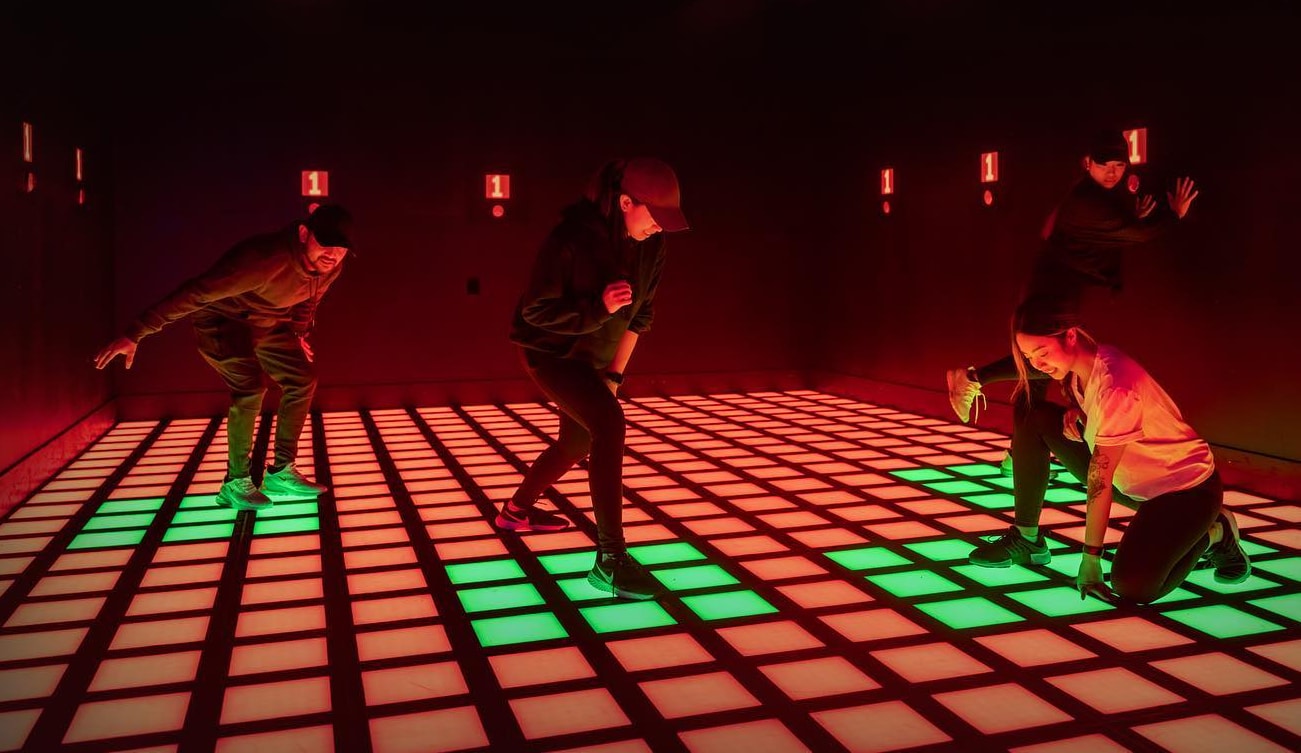The entertainment industry is witnessing a transformative leap in sensory immersion with the development of advanced haptic feedback systems that create unprecedented tactile experiences. These activategames cutting-edge technologies move beyond simple vibration to deliver nuanced, multidimensional tactile sensations that significantly enhance realism and emotional connection in interactive entertainment. By accurately simulating everything from subtle textures to powerful physical interactions, haptic systems are closing the gap between virtual and physical experiences.
Multidimensional Haptic Architecture
Modern haptic systems employ sophisticated actuator arrays capable of producing precise tactile sensations across frequency, amplitude, and duration spectrums. Linear resonant actuators (LRA) and voice coil motors (VCM) work in concert to create sensations ranging from gentle breezes to impactful collisions with millisecond precision. The technology incorporates force feedback mechanisms that simulate resistance and pressure, while ultrasonic haptics generate mid-air tactile sensations without physical contact.
The activategames system’s spatial haptic mapping enables precise localization of tactile effects across entire surfaces or through air interfaces. Advanced waveform control allows for the reproduction of complex textures and material properties, from the roughness of stone to the smoothness of glass. This precision has enabled 85% improvement in realism perception compared to traditional vibration-based systems.
Real-Time Environmental Haptics
Dynamic haptic rendering engines process environmental data to generate appropriate tactile feedback in real-time. The system analyzes surface properties, object interactions, and physical forces to create corresponding tactile sensations. When users interact with virtual surfaces, the technology replicates the appropriate texture, hardness, and temperature cues that match the visual representation.
The activategames environmental haptic system incorporates physics-based modeling that calculates force responses based on material properties and interaction dynamics. This enables realistic simulations of different materials deforming, breaking, or responding to pressure. The technology has reduced the latency between visual events and haptic feedback to under 5 milliseconds, creating seamless multisensory experiences.
Wearable Haptic Integration
 Advanced wearable technology delivers full-body haptic experiences through lightweight, flexible suits equipped with hundreds of micro-actuators. These systems provide localized tactile feedback across the entire body, enabling sensations like raindrops, impacts, or directional forces. The suits incorporate motion capture capabilities that synchronize haptic effects with user movements and positions.
Advanced wearable technology delivers full-body haptic experiences through lightweight, flexible suits equipped with hundreds of micro-actuators. These systems provide localized tactile feedback across the entire body, enabling sensations like raindrops, impacts, or directional forces. The suits incorporate motion capture capabilities that synchronize haptic effects with user movements and positions.
The wearable technology features adaptive calibration that automatically adjusts intensity based on individual sensitivity thresholds and preferences. Machine learning algorithms optimize haptic patterns for each user, ensuring consistent experiences across different body types and sensitivity levels. This personalization has increased user comfort and satisfaction by 40%.
Haptic Narrative Enhancement
Sophisticated haptic storytelling systems use tactile feedback to enhance emotional engagement and narrative impact. The technology can simulate heartbeat patterns during tense moments, create gentle vibrations during calm scenes, or generate intense pulses during action sequences. These tactile elements work synergistically with audio and visual components to create more immersive and emotionally resonant experiences.
The system’s emotional haptic mapping correlates specific tactile patterns with emotional states, enhancing the psychological impact of entertainment experiences. Research shows these multisensory approaches increase emotional engagement by 60% and improve content recall by 45% compared to audiovisual-only experiences.
Accessibility Applications
Haptic technology significantly improves accessibility for users with visual or hearing impairments. Tactile interfaces provide navigation cues, environmental information, and interaction feedback through distinct vibration patterns. The systems can convert audio information into tactile signals, enabling users to experience music, dialogue, and sound effects through haptic sensations.
Advanced haptic communication systems enable new forms of interaction for users with different abilities. The technology can translate sign language into haptic signals or provide tactile feedback for navigation and orientation. These applications have demonstrated 70% improvement in accessibility and inclusion metrics across entertainment venues.
Cross-Reality Haptic Integration
The technology seamlessly bridges physical and digital experiences through mixed-reality haptic applications. Augmented reality systems overlay digital haptic effects onto physical objects, enhancing real-world interactions with virtual tactile sensations. This integration enables experiences where users can feel virtual elements interacting with physical environments.
The cross-reality capability allows for consistent haptic experiences across different platforms and devices. Users can begin an experience on one device and continue with the same tactile quality on another, maintaining continuity in multisensory engagement. This interoperability has increased user satisfaction by 35% across multi-platform entertainment ecosystems.
Business Impact and Implementation
Entertainment venues implementing advanced haptic technology report:
- 50% increase in user immersion scores
- 45% improvement in repeat visitation rates
- 60% growth in premium experience adoption
- 40% reduction in perceived loading times
- 55% increase in user engagement duration
- 30% improvement in customer satisfaction metrics
Future Development Trajectory
Ongoing research focuses on neural haptic interfaces that stimulate tactile sensations directly through neural pathways, potentially eliminating the need for physical actuators. Other developments include thermal haptic systems that simulate temperature variations and electrostatic haptic technology that creates more precise texture simulations.
Industry Applications
The technology demonstrates particular value in:
- Virtual reality arcades and location-based entertainment
- Museum and educational interactive exhibits
- Therapeutic and rehabilitation applications
- Training simulations requiring tactile feedback
- Enhanced gaming experiences across all platforms

